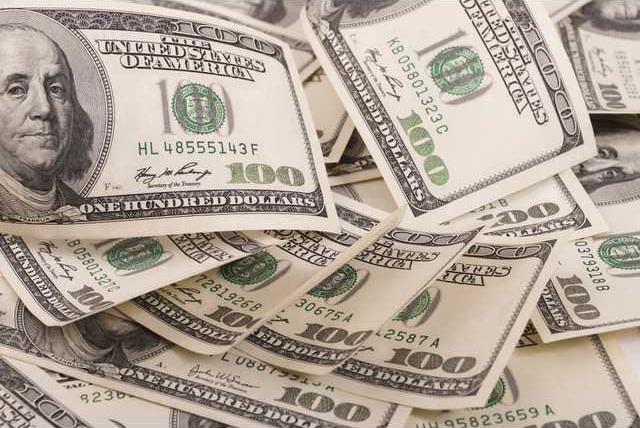Raising a child costs almost as much as buying a home in 2017.
In total, parents who gave birth in 2015 will spend $233,610 on their child until they reach the age of 17, according to the U.S. Department of Agricultures annual Cost of Raising a Child report. That equates to about $13,000 a year.
This number is based on 2015 costs, and includes spending on health care, food, housing, transportation, child care and education, The Huffington Post reported.
The report did not include college tuition or any family-related costs, like pregnancy, adoption or childbirth, according to The Huffington Post. Its based on a middle class, married family with two children.
Families who have lower incomes pay less, raising a child for $174,690. Those who have upper-class incomes tend to spend about $372,210.
According to The Huffington Post, 2015s numbers are a 3 percent increase from 2014.
Children are the least expensive when theyre young, according to CNN Money. The highest costs for children below 6 years old stem from child care and education, whereas heftier expenses like cars, food and health care increase when a child gets older.
Teenagers also cost parents mega money for food. The report found that parents spend $2,790 on their teenagers eating habits which is 22 percent higher than they spend on their younger children, according to CNN Money.
Costs also differentiate based on region. For example, parents who live in Northeastern cities pay close to $253,770 to raise a child, compared to the $235,140 spent by Western parents. Rural moms and dads pay the least overall, leaning closer to $193,020, CNN Money reported.
Northeastern parents spend most of this money on their childs education and health care, CNN reported.
Its important to remember that these numbers arent true for all families, though. The studys researchers said in a press release that the number of children can influence overall dollars spent.
"There are significant economies of scale, with regards to children, sometimes referred to as the 'cheaper by the dozen effect,'" said economist Mark Lino in a press release about the report. As families increase in size, children may share a bedroom, clothing and toys can be reused, and food can be purchased in larger, more economical packages.
In total, parents who gave birth in 2015 will spend $233,610 on their child until they reach the age of 17, according to the U.S. Department of Agricultures annual Cost of Raising a Child report. That equates to about $13,000 a year.
This number is based on 2015 costs, and includes spending on health care, food, housing, transportation, child care and education, The Huffington Post reported.
The report did not include college tuition or any family-related costs, like pregnancy, adoption or childbirth, according to The Huffington Post. Its based on a middle class, married family with two children.
Families who have lower incomes pay less, raising a child for $174,690. Those who have upper-class incomes tend to spend about $372,210.
According to The Huffington Post, 2015s numbers are a 3 percent increase from 2014.
Children are the least expensive when theyre young, according to CNN Money. The highest costs for children below 6 years old stem from child care and education, whereas heftier expenses like cars, food and health care increase when a child gets older.
Teenagers also cost parents mega money for food. The report found that parents spend $2,790 on their teenagers eating habits which is 22 percent higher than they spend on their younger children, according to CNN Money.
Costs also differentiate based on region. For example, parents who live in Northeastern cities pay close to $253,770 to raise a child, compared to the $235,140 spent by Western parents. Rural moms and dads pay the least overall, leaning closer to $193,020, CNN Money reported.
Northeastern parents spend most of this money on their childs education and health care, CNN reported.
Its important to remember that these numbers arent true for all families, though. The studys researchers said in a press release that the number of children can influence overall dollars spent.
"There are significant economies of scale, with regards to children, sometimes referred to as the 'cheaper by the dozen effect,'" said economist Mark Lino in a press release about the report. As families increase in size, children may share a bedroom, clothing and toys can be reused, and food can be purchased in larger, more economical packages.

